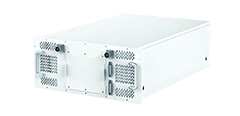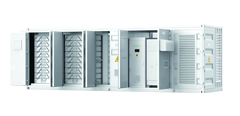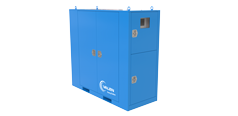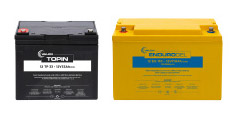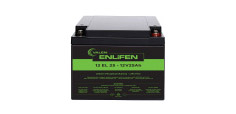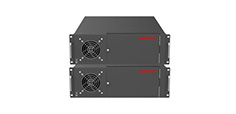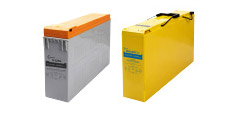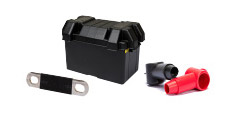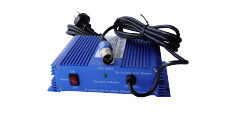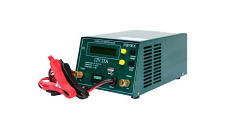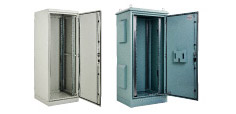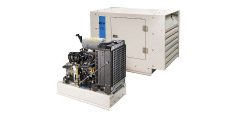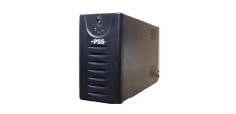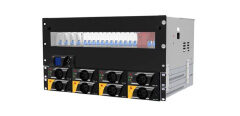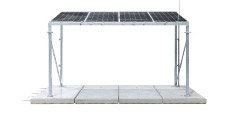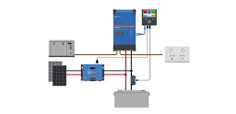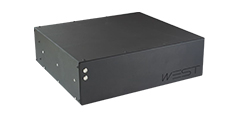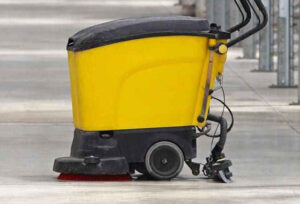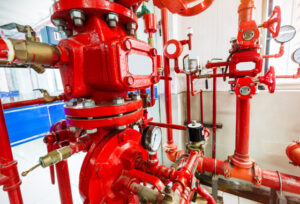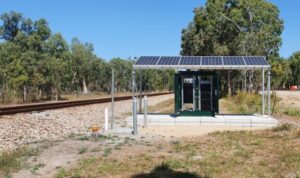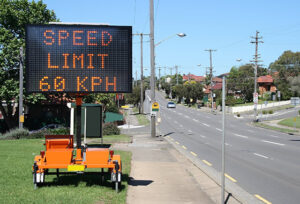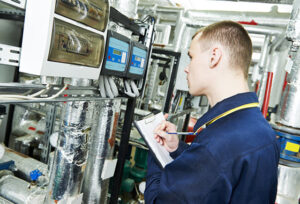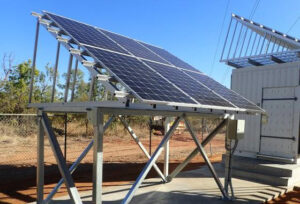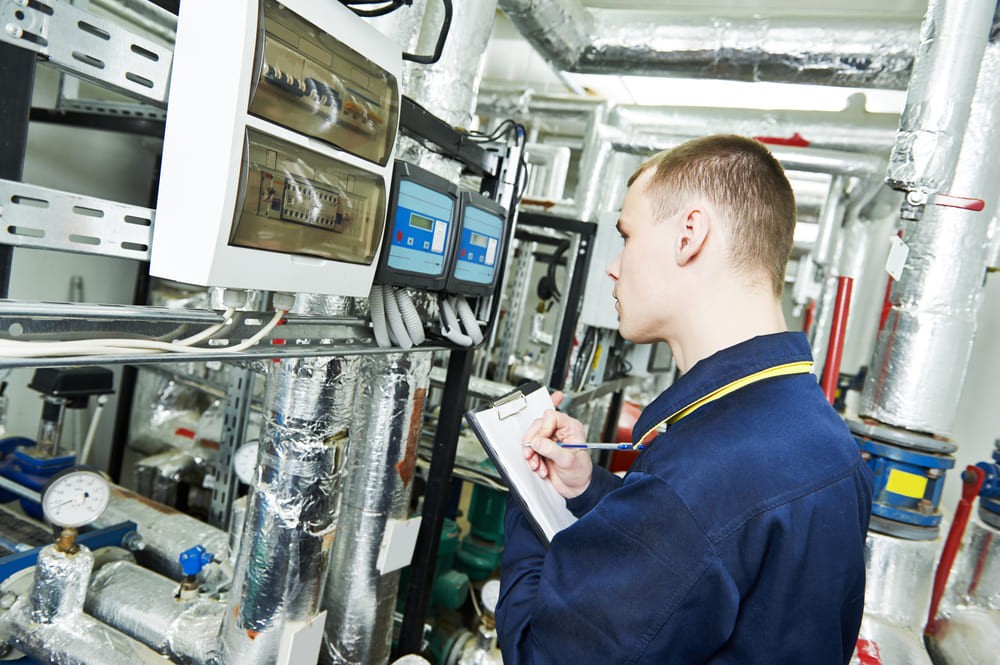How to calculate battery capacity requirements for fire pumping systems. For technicians in the fire protection industry, it is essential to ensure starter batteries used in diesel-powered pump systems are of the correct capacity.
Under specifying the batteries means that the fire system may be left vulnerable in a critical emergency and fail to perform the job it is designed for.
As batteries age, it is also imperative that correct maintenance and testing is being carried out so that there is peace of mind should an emergency occur.
In this blog post, the experts at Valen take a look at the correct method for calculating battery capacity requirements as well as some other factors technicians should consider when selecting starter batteries for installation.
Calculating battery capacity
Australian Standard 1670 (AS1670) outlines the basic requirements when it comes to the design and installation of automatic fire pumping systems.
In relation to calculating battery capacity, AS1670 states the following:
The capacity of the battery shall be such, that in the event of failure of the primary power source, the batteries shall be capable of maintaining the system in normal working (quiescent) condition for at least 24 hours, after which sufficient capacity shall remain to operate two worst-case AZF’s and associated ACF’s for 30 minutes.
When calculating battery capacity, the allowance shall be made for the expected loss of capacity over the useful life of the battery. A new battery shall be at least 125% of the calculated capacity requirements, based on a loss of 20% of its capacity over the useful life of the battery.
Note: Where the fire control station will not receive the system’s total power supply failure signal, the battery should have sufficient capacity to maintain the system for 96 hours.
The battery capacity requirement shall be determined as follows:
- Determine the quiescent load current IQ
- Determine the alarm current IA
- Determine the capacity de-rating factor Fc of the battery when discharged at the alarm load rate taking into account the minimum operating voltage of the connected CIE using the battery manufacturers’ data. Where more than one CIE is connected to the battery, use the highest minimum of any of the CIEs. A value of 2 for FC is deemed to satisfy these requirements.
- The 20 h discharge battery capacity C20 at 15°C to 30°C shall be determined as follows: C20 = 1.25[(IQ × TQ) + FC (IA × TA)]
where:
- C20 = battery capacity in Ah at 20 h discharge rate
- IQ = total quiescent current
- TQ = quiescent standby power source time, (normally 24 h)
- FC = capacity de-rating factor
- IA = total current in alarm state
- TA = alarm load standby power source time (normally 0.5 h)
- 25 = compensation factor for expected battery deterioration
Where the load may vary, the worst-case average over the required period shall be used.
Where the average battery temperature is outside 15°C to 30°C, the battery manufacturers’ data shall be used to determine any further compensation factor to be applied.
Other factors to be aware of when installing a starter battery
- Check the Ah Capacity and CCA rating are correct for the system
- Ensure that the manufacturer has made the batteries in accordance with AS4029
- Where possible, use a VRLA AGM style battery as recommended by Fire Protection Australia
- Ensure the battery charger is correct for the replacement batteries, float and boost voltages are correct, and it is temperature compensated as well
- Be aware of WH&S laws around battery installations
Looking for more information about calculating battery capacity for your fire pump system? Talk to the experts at Valen.
As end-to-end service providers, we provide all our fire system clients with technical advice as well as on-site training for technicians.
Our Valen Topin AGM battery range has been used within the fire systems industry for over 15 years and in that time, has become a trusted brand. It is SSL approved and AS 4029 compliant with high CCA ratings.
To talk to one of our knowledgeable team members about your particular fire system, simply click here to get in touch.


